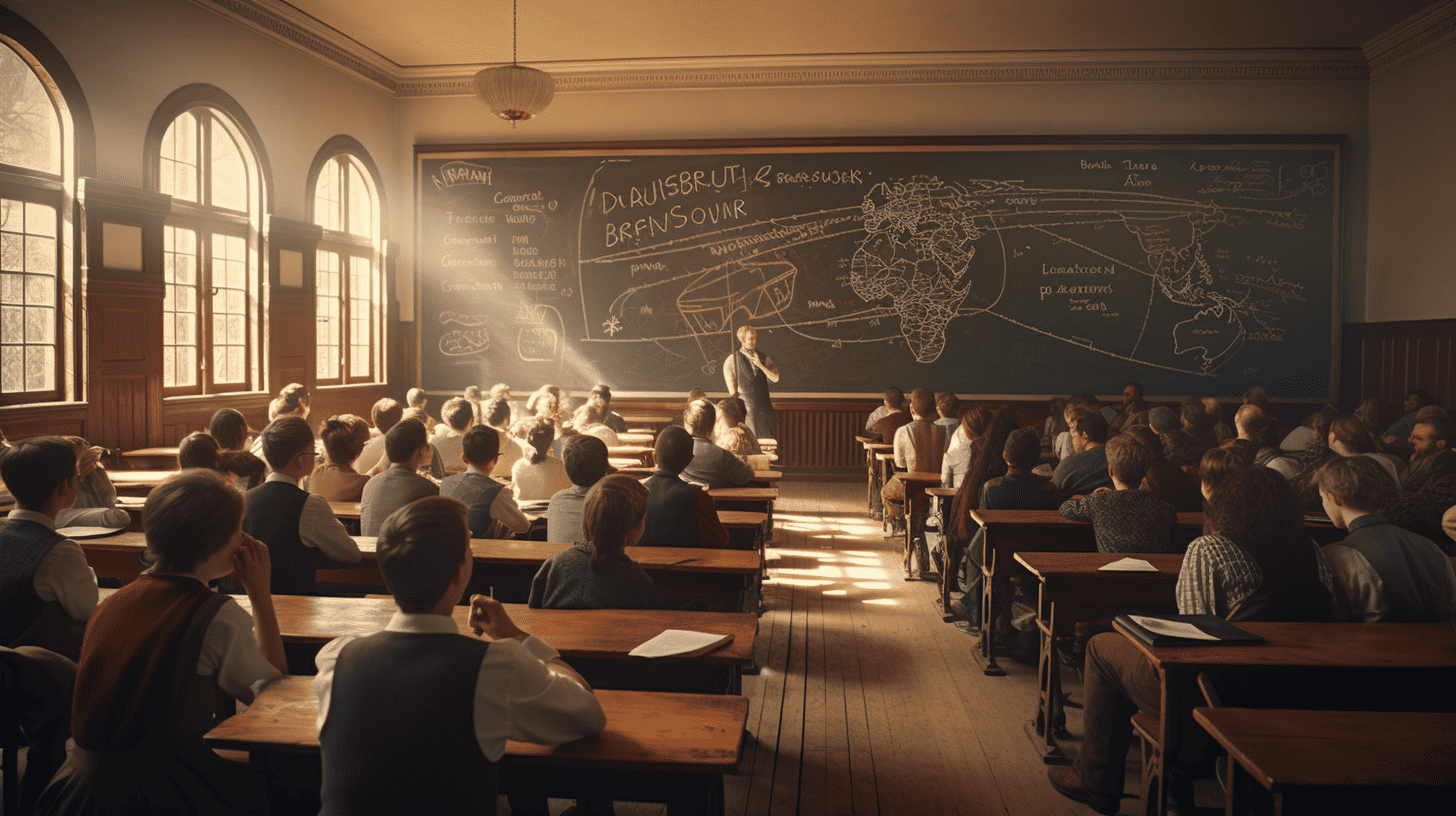
Studying together with a social robot can help children learn. Researchers at the University of Twente (UT) discovered that primary school children are better able to explain what they are studying if they do that together with a robot.
This is stated in the study ‘Now we’re talking: learning by explaining your reasoning to a social robot‘ presented by UT. The study continues to build on the understanding that explaining out loud to yourself or to others what you are learning about leads to a better grasp of a subject. However in situations where someone is working on their own, it’s not such an obvious thing to do.
A social robot can be of help. Researchers from the ELAN (teacher training) specialist group and the HMI (Human Media Interaction) specialist group at the UT have established that a social robot can be beneficial. They base their findings on their experiences with primary school children (6-10 years of age). Frances Wijnen, one of the ELAN researchers involved, said: “We are able to determine from our study that social robots can potentially support children’s education in new and positive ways.”
She explains how the assigned social robot is used to encourage children in their studies. “We used the ZENO robot during our research. This robot is able to express all kinds of facial expressions and can wave, look around and talk. Zeno’s social behavior is capable of ‘triggering’ people socially.”
Trial with and without a robot
In order to be able to make a comparison, the study used a tablet alongside this ZENO robot. The task and the interaction were the same in both cases.
Specifically, the children in the control group worked with a computer system that was being supervised by a tablet. This is also known as Computer Aided Learning. The computer system was supplemented with the robot for children in the experimental setting.
The pupils were given the task of figuring out how balance works with the help of a balance bar. The children could put containers with different weights on the balance bar. The distance to the center of the bar could also be varied. They were then asked to explain their observations. That was dependent on whether the format was based on the ZENO robot or on a tablet.
Children spend a little more time explaining things when they work with a robot. They refer to more relevant information and tend to make logical associations between relevant facets and pieces of information more frequently. ‘Robot children’ were more specific and more thorough in their explanations. This indicates that they understand the subject better.
It is still not known which aspects of the robot entice children to give more detailed explanations. That will have to be explored further. So it seems for the time being that social robots can play a positive role in children’s learning process.







